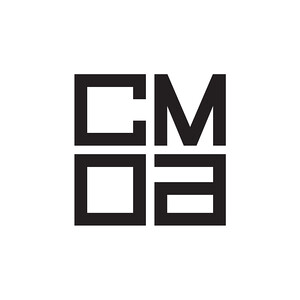June 26, 2021–January 17, 2022
Carnegie Museum of Art’s The Fabricated Landscape explores how architecture engages with the public realm.
The Fabricated Landscape spotlights the designs of some of the most innovative figures working in contemporary architecture around the world today. Presenting projects from ten international practices, the exhibition reveals how this generation of architects, all of whom were born from 1975 and onward, explore the fundamental role that architecture and design play in our lives. The exhibition celebrates the field’s growing diversity and ingenuity by presenting practices that are responsive and attentive to the communities, localities, and cultures in which they are situated.
On view in Heinz Architectural Center, one of the foremost institutes for the study of architecture in the United States, The Fabricated Landscape features: Anna Heringer, Anne Holtrop, Assemble, Frida Escobedo, Go Hasegawa, LCLA Office, MAIO, OFFICE Kersten Geers David Van Severen, SO-IL, and UMWELT.
A publication in three parts is forthcoming in winter 2021–22, distributed by Carnegie Museum of Art and Inventory Press. Following the release of the first issue this summer and the second issue this fall, this third issue focuses on the theme of Territorial and will be released this winter. The Fabricated Landscape is organized by Raymund Ryan, Curator-at-Large, Heinz Architectural Center, and designed by IN-FO.CO in Los Angeles.
Each practice in the exhibition considers the role of architectural elements in a greater, communal whole, whether that be the city or the countryside. In a new essay, Garrett Dash Nelson—President & Head Curator of the Leventhal Map & Education Center at the Boston Public Library—draws links between maps and plans, including the plan of The Fabricated Landscape with its thirty discreet projects. Maps have indeed a special ability in allowing us to rethink landscapes and the kind of interventions we might make into the world around us.
From The Fabricated Landscape Issue #3: Territorial, contributor Garrett Dash Nelson writes in “Mapping, Landscaping, Fabricating”:
“The map, we are often reminded, is not the territory. But might it be the landscape?
[…] Buildings and architecture may be temporarily totalized in a plan or photograph, but only through an unfolding experience do they disclose their temporal liveliness and their processual nature. And finally, a museum exhibition cannot be experienced in a single instant by gazing at the map or plan of its layout, but only by moving around its spaces. And what is it that an exhibition does, but simplify and represent a world more complex than itself? The exhibition maps a reality far larger than the museum itself.
Heidegger committed three verbs to the philosophical canon—building, dwelling, and thinking—and to echo this triad we might now commit three more verbs—mapping, landscaping, fabricating.”
About Heinz Architectural Center
Established in 1990, Heinz Architectural Center enhances appreciation and understanding of architecture and the built environment through exhibitions, lectures, charettes, symposia, and other forms of public engagement. Its collection of nearly 6,000 objects includes drawings, models, photographs, artifacts, games, ephemera, and the world’s third-largest collection of plaster architectural casts. Ranging from the late 18th century to the present, the collection represents work in architecture, landscape design, engineering, and furniture and interior design by architects of international, national, and regional significance.
The programs of Heinz Architectural Center are made possible by the generosity of the Drue Heinz Trust.
General operating support for Carnegie Museum of Art is provided by The Heinz Endowments and Allegheny Regional Asset District. Carnegie Museum of Art receives state arts funding support through a grant from the Pennsylvania Council on the Arts, a state agency funded by the Commonwealth of Pennsylvania.

